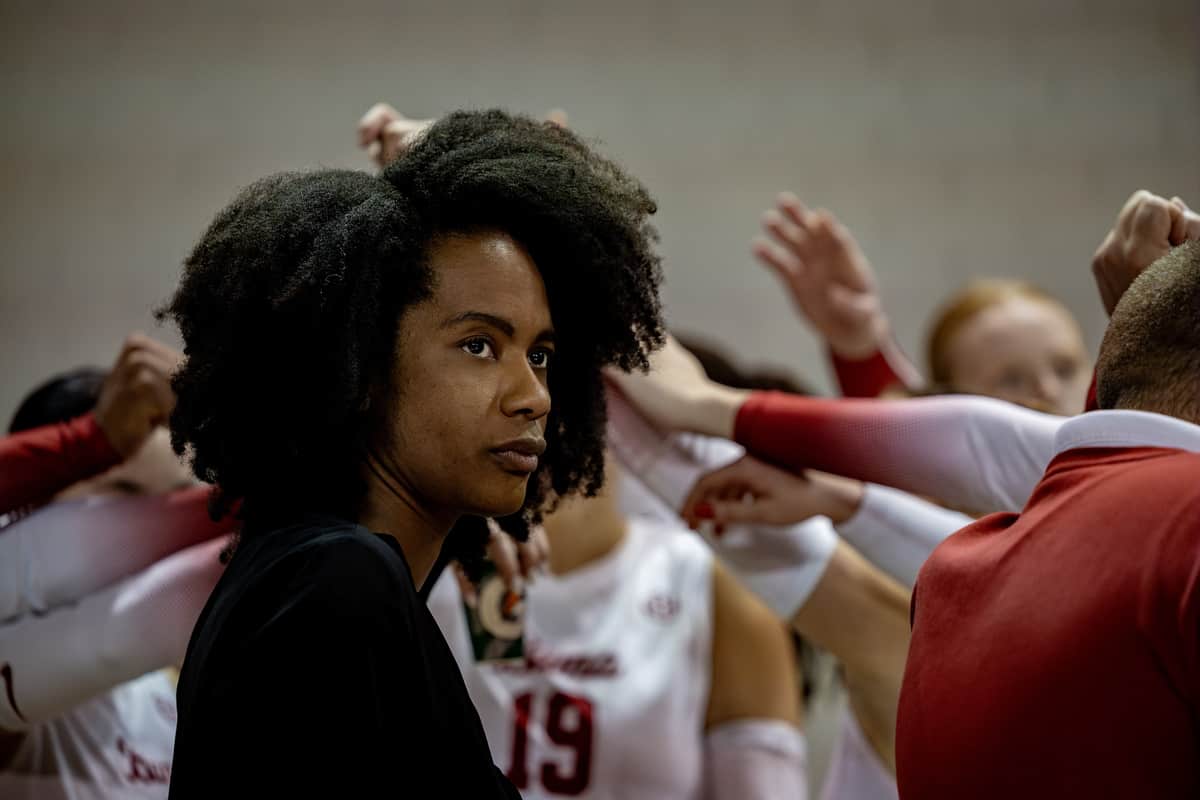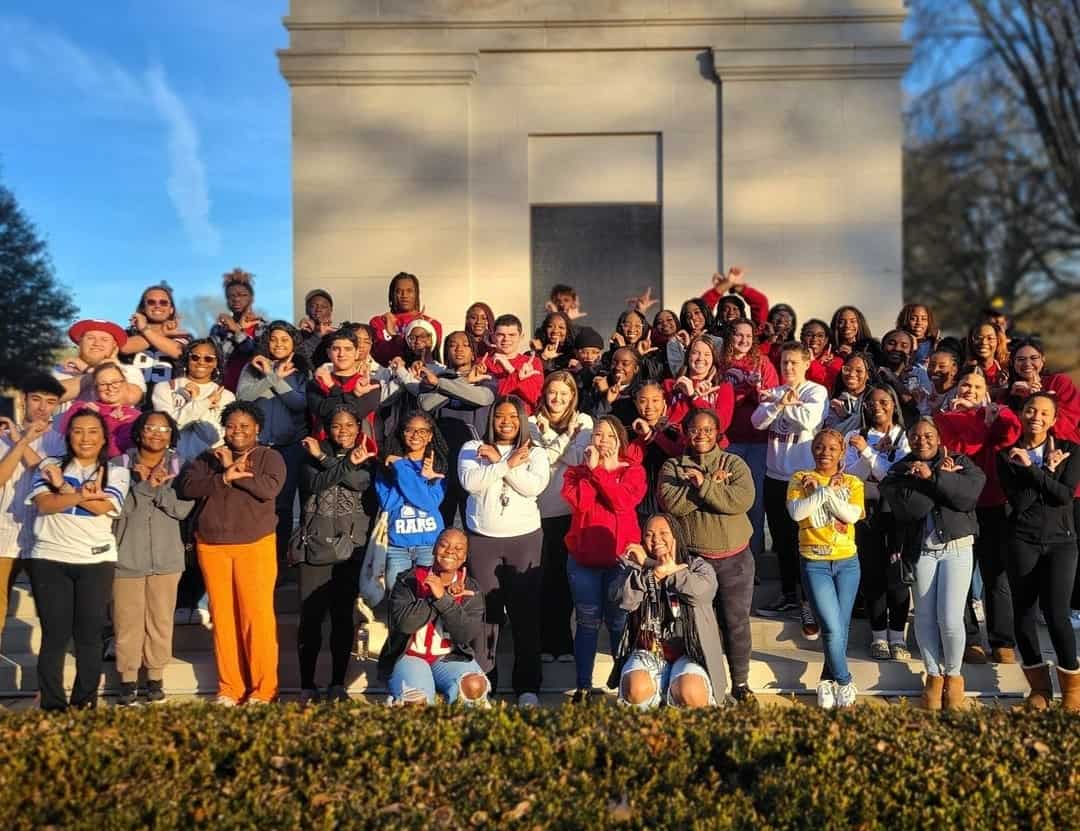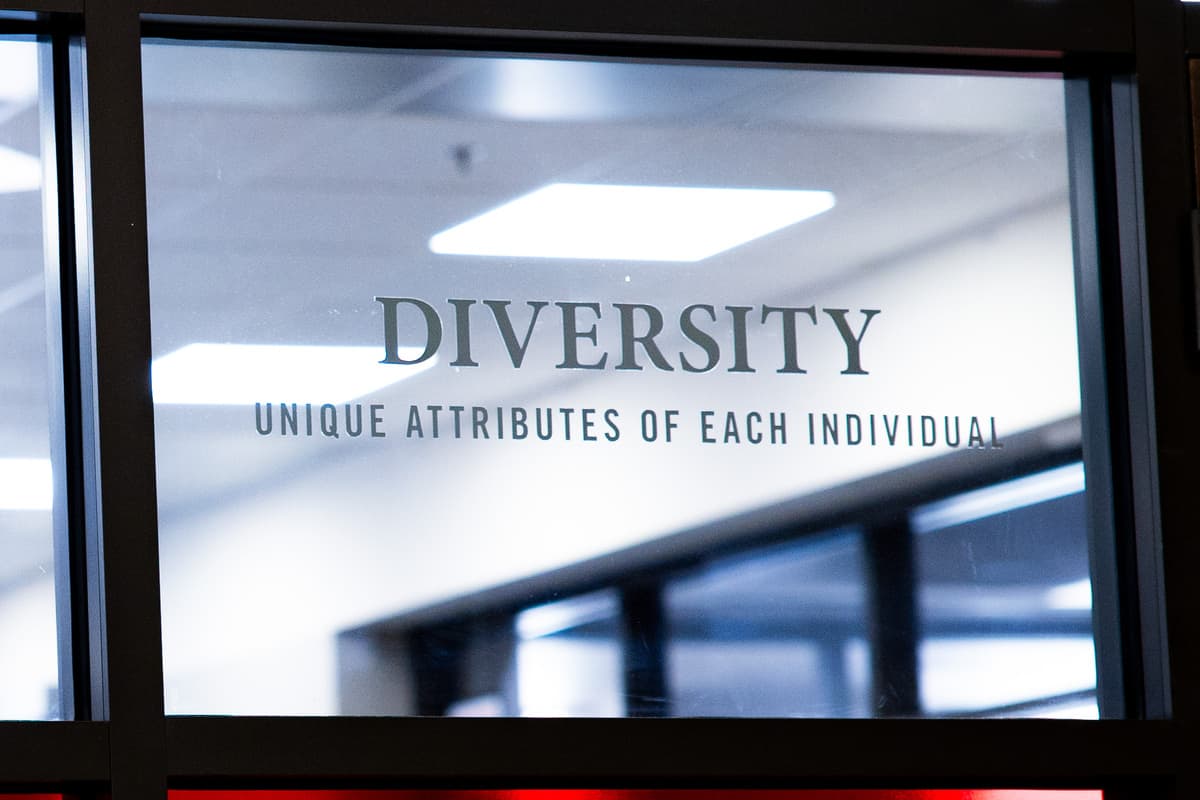Diversity in STEM majors at the University is increasing for many underrepresented groups, which reflects similar changes in the national workforce.
Data from the Office of Institutional Research and Assessment shows that the percentage of enrolled undergraduate students enrolled in science, technology, engineering or mathematics departments who identify as Black, Hispanic/Latino, Asian, or female is increasing for the main UA campus. Meanwhile, the same metric for Indigenous students is lagging.
“There is momentum across campus as a record number of students are drawn to the preeminent Alabama experience that propels them to success,” said Alex House, assistant director of communications for the University. “The University’s STEM-related programs provide outstanding teaching, high-quality scholarship, and distinctive co-curricular programs. Coupled with that academic excellence is a commitment to develop opportunities for students of all backgrounds and experiences to thrive.”
The numbers
In the College of Engineering, fall enrollment percentages for Black, Hispanic/Latino and Asian students grew considerably from 2019 to 2023. The share of women also increased:
- Black students: 8.24% to 12.42%.
- Hispanic/Latino students: 3.73% to 6.74%.
- Asian students: 3.29% to 5.3%.
- Women: 22.6% to 24.4%.
Indigenous students, which the University calls “American Indian or Alaska Native” students, saw relative stagnation, going from 1.6% to 1.58% in the same period.
STEM majors in the College of Arts and Sciences saw similar trends over the same period, although less pronounced:
- Black students: 13.04% to 14.79%.
- Hispanic/Latino students: 5.34% to 7.71%.
- Asian students: 3.58% to 3.91%.
- Women: 69.1% to 71.4%.
- Indigenous students: 1.85% to 1.81%.
Diversity increases in STEM are not only happening at the college level.
According to a January 2023 report by the National Science Foundation, the national workforce has seen a boost in diversity in recent years as well.
“Collectively, underrepresented minorities — Hispanics, Blacks, and American Indians or Alaska Natives — represented nearly a quarter (24%) of the STEM workforce in 2021, up from 18% in 2011,” the report said.
The proportion of women in the STEM workforce increased by three percentage points during this same period.
“A diverse workforce provides the potential for innovation by leveraging different backgrounds, experiences, and points of view. … Furthermore, STEM workers have higher median earnings and lower rates of unemployment compared with non-STEM workers,” the report said.
Why some groups of students are underrepresented
UA student organizations like the National Society of Black Engineers and the Society of Women Engineers have been fighting the issue of underrepresentation in STEM for decades.
These organizations have similar goals, working to increase interest in STEM fields, promote academic and professional success, and help the community. In general, the groups host representatives from companies in industry and professional development workshops, among other activities.
Established in 1975, the UA chapter of the National Society of Black Engineers seeks to “increase the number of culturally responsible Black engineers who excel academically, succeed professionally and positively impact the community,” said President Malachi Battle, an Master of Business Administration candidate who studied aerospace engineering as an undergraduate.
A first-generation student, Battle said support networks like NSBE are important for Black engineering students like him who might otherwise have trouble finding people they can identify with and relate to. He said these struggles were what led to the formation of the national organization in 1975.
“A lot of Black engineers, especially in the ’60s, … had challenges successfully completing their programs. … And why was that so? For the exact same reasons that numerous Black engineers encounter when they came here: no support, typically first-generation students, no community, really, and frankly put, not everyone is for you,” Battle said.
The first of similar organizations for Hispanic STEM students, by contrast, appeared formally on campus when the University recognized the Society of Hispanic Professional Engineers in fall 2022.
Vice president Sofia Estela, a junior majoring in civil engineering, said that in some cases Hispanic students may avoid STEM fields due to the internalized stigma that Hispanic students are “supposed” to take on the jobs “nobody else wants.”
“It’s kind of just been a matter of debunking that stigma and getting Hispanics to believe in themselves and believe that they have the power to get what would be considered a conventionally white man’s job or finish a white man’s degree,” Estela said.
Asian STEM students face slightly different challenges, Society of Asian Scientists and Engineers Vice President Susan Xiao said. She said her organization, like the SHPE, was recently recognized by the University.
Xiao said one of the biggest challenges for Asian students comes after graduation.
“Once we get into the workplace, there’s not a lot of us who end up in leadership positions,” Xiao said.
For some students, underrepresentation can create impostor syndrome.
Society of Women Engineers President Hunter Grace Fairfax, a senior majoring in computer science, said this is a problem faced by many women in engineering.
“I’ve suffered with it. I’m sure every woman in engineering has. They have … the mindset of … ‘This is a hard career,’” Fairfax said. “They’re almost waiting for themselves to get stuck.”
Breaking into aerospace engineering, where women made up only 18.8% of fall 2023 enrollment, can be daunting, said President of Women of Aeronautics and Astronautics Emma Barchus, a senior aerospace engineering major.
“It’s very important to have resources for girls, because it’s hard to reach out to classmates, sometimes, when it’s all men,” Barchus said.
For Indigenous students, however, representation in STEM fields is not increasing. Kaytie Colbert, co-president of the Bama Indigenous Student Organization Network and a junior majoring in nursing, said one potential reason is lack of scholarships.
“There aren’t any scholarships available for Native students at UA,” Colbert said. “I definitely am not satisfied with what UA is doing, because they are not actively trying to increase enrollment of Native students. Honestly, it feels like we’re a forgotten race of people. But we are not — we are still here.”
Recently, the University discontinued its main diversity scholarship, the National Recognition Scholarship, in favor of a competitive scholarship that does not consider race or ethnicity.
Colbert said Indigenous representation in health care is particularly important, as Native people have different traditional approaches to medicine than Western medicine.
House did not comment about why Indigenous representation in STEM on campus has not increased.
Why diversity is increasing
Students from underrepresented groups cited several potential reasons why diversity is increasing.
“More people are beginning to believe, you know, that they’re capable,” Battle said. “More people have access to resources and/or parents or prominent figures in their life, encouraging them to pursue their dreams.”
Fairfax attributed the growth in women’s representation partly to scholarships that the University offers for women in STEM.
Several students said that a rise in interest in STEM fields is a potential factor.
“Now that … technology is really, really growing and we realize that we really can’t live without technological literacy, it has definitely pushed more education about technology and engineering to younger students,” said Cindy Qiu, vice president of outreach for the Society of Women Engineers and a junior computer science major.
Qiu said that the combination of taking Advanced Placement Computer Science in high school and hearing a guest speaker who led an engineering activity in her classroom inspired her to pursue computer science.
“Hispanics, especially considering most of them come from lower-income households, are striving for career stability and going into big money, and that happens to be in STEM, and there’s a ton of growth opportunity in STEM,” Estela said.
While being in a STEM-related field has been challenging at times for Barchus, the work she is doing inspires her to keep going
“It is definitely difficult. But if you make the right connections, and reach out to your professors, just put in the work, you can do it,” Barchus said. “If all the boys in my class can do it, then I can, too.”
Editor’s Note: Susan Xiao is a staff graphic designer for The Crimson White.















